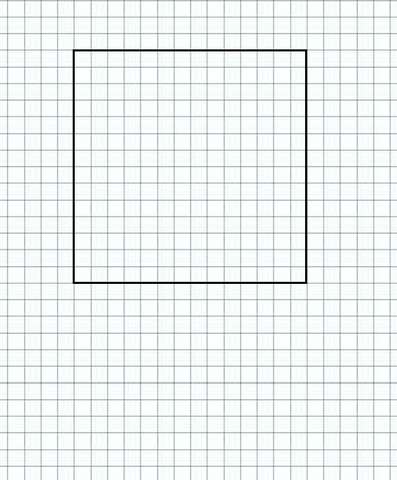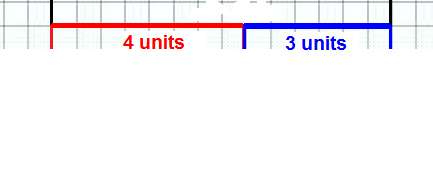Hi all this should be in a Mathematics forum but this is as good as place as any as it will slowly and eventually lead toward my solution in it's completeness of my thesis on how The Ancient Egyptians surveyed their fields and their lands.
The first thing to note is to step out of the box and realize that there is a different and unique way of calculating Pythagorean's theorem. We have all always been taught that it is "a" sqrd + "b" sqrd = "c" sqrd and that I am afraid may have held us back for there is a very simple second way of doing it ... and I will teach it too you. It simply involves two squares or instead of a circle inside a square we will have a square inside another square with each corner touching the side of the outer square as shown in the diagram below.
The thing to note is that this solution is to be solved on a flat plain and involves no height or angles or really anything but straight distances and straight lines ... here is a diagram of the end result. Note that a new measurement has been instituted .. that of "d" which is the total of a + b ... So as an example in the famous 3, 4, 5 triangle with a = 3, b=4, c=5 ... d = (a + b) or 7
So in my new system you would start with a square of a + b and we get a square of 7 units (I used 14 small squares)

But by definition that includes a + b or 3 and 4 so let's draw those squares in ...


So now let's draw in our square using the meeting place of the "3" point and the "4" point as our corner of the inner square and we get this ...

A proof is very easy as we get four 4 x 3 triangles which translate into four 4 x3 squares which equal 4 x 12 or 48 and the single unit in the middle for 49 thus solving the equation


Or maybe easier we start with 7 x 7 or 49 units and we subtract [(4 x 3) x 4] / 2 = 24 to get 49 - 24 to get 25 and sq rt = 5
Note that in this solution no angles have been needed !
So a formula could read:
(a+b)² - [(a x b) x 4] / 2 = c²
so now what do we do with this ? Well we know that using this we do indeed get some angles ... I have shown them in the diagram below ...

So in this diagram angle "
a" is simply the ratio of 3 divided by 4 or 0.75 ... whatevers. We call it angle 36.87 but it could be anything we want it to be but the ratio will always remain 0.75 !
so to end this particular post I have to emphasize that everything above the line is not needed ... all we need is the ratio of 3 to 4 or 0.75 and everything in this diagram becomes known .. so for example if I drew the simple line below:

We know that the square is 5 from our (a+b)² - [(a x b) x 4] / 2 = c² equation.
We also know that the angles are 3/4. and 4/3 ... for 3/4's or 1 and 1/3rd
For now that is all but in the next post I swill show how this became important to The Ancient Egyptians and how it was the only possible way they could have done a variety of things.
Cheers
Don Barone
"There is nothing as impenetrable as a closed mind"
and ..." if everything is a coincidence what is the point of studying or measuring or analyzing anything ?" db
Edited 1 time(s). Last edit at 05/14/2017 01:43PM by Ahatmose.










